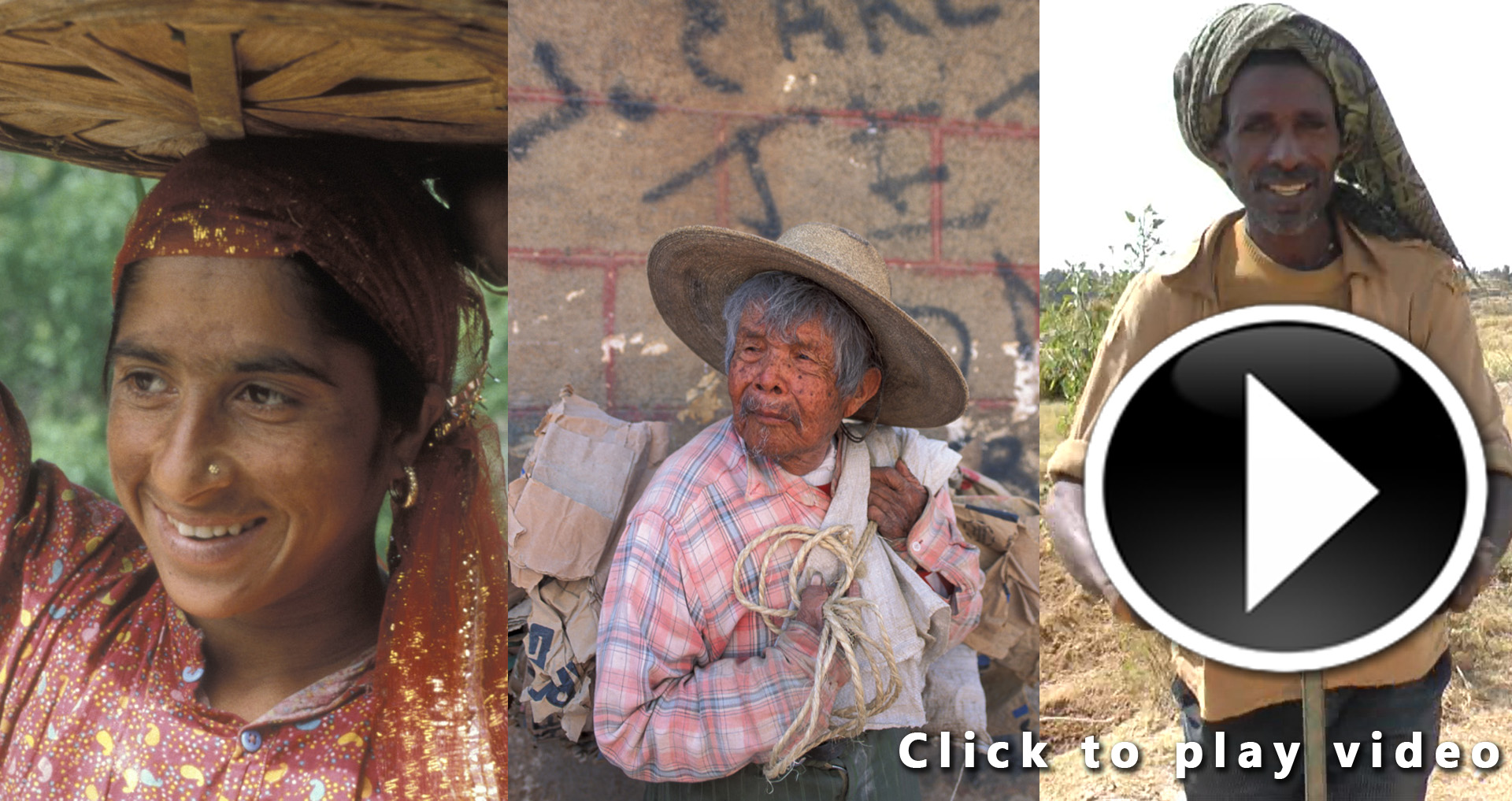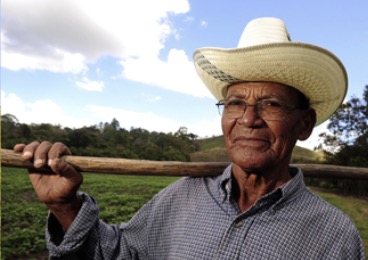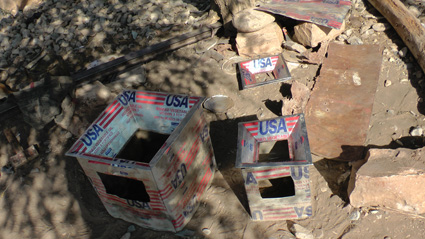Earlier this year there were riots in Raya-Kobo – the scene of the horrific 1984 drought in Ethiopia (see also the video “Famine, a personal history“). The demand was remarkable: Stop Food Aid but make sure the wells that were drilled in this area are made operational and handed over to local land users. There was a factor of high concern that the many as yet not operational wells in this groundwater rich area would one day be given over to private investors and that with it people would not only lack the chance to irrigate but even their hold on the land and would remain dependent on food aid in perpetuity.
What are the responsibilities of the state in ensuring a minimum level of food security to its citizens?
What is the best channel of providing social protection: cash/asset transfer, food for work, employment guarantee….?
Do social protection programs give rise to a culture of dependency? Are they stop-gap solutions? Are they “…incentives for people to stay poor…?” What does it take to prevent that?
Can public works created under food for work/ employment guarantee programs create lasting assets? Can those assets improve agricultural productivity and local food security?
Drawing from social protection experiences from Mexico, Ethiopia and India, the video Social Protection and Agricultural Development: Synergies and Conflicts raises these and many other questions. It includes interviews with policymakers and experts associated closely with such programs in these countries.
We invite you to share your thoughts and experiences on these issues on this space; to raise some more questions and hopefully answer a few.
Related Links:
- Study: Leveraging MGNREGA for Flood Control: A Case for Policy Reform in Bihar
- The Guardian, UK: US food aid programme criticised as ‘corporate welfare’ for grain giants
- International Food Policy Research Institute: The Impact of Ethiopia’s Productive Safety Net Program and its Linkages
- FAO: Social protection for Food Security: A Report by the High Level Panel of experts on Food Security and Nutrition
{jcomments on}


